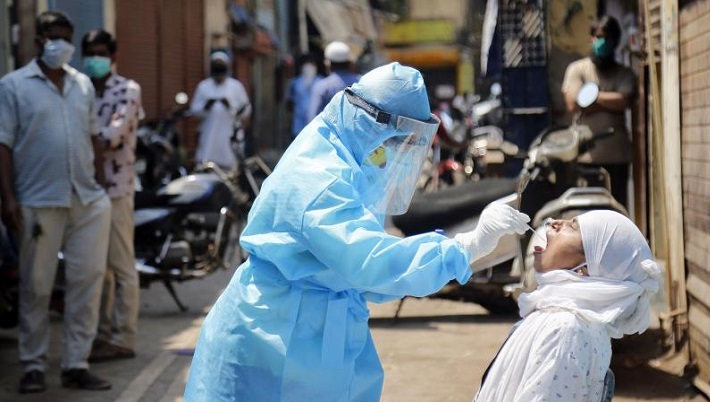
NEW DELHI: According to the National COVID-19 Supermodel Committee, the third wave of COVID-19 is projected to peak in early next year, but it will be milder than the second wave.
Members of the National COVID-19 Supermodel Committee were advised that the daily caseload in India, which is now approximately 7500 infections, is projected to increase until the Omicron replaces Delta as the prevalent type. According to M Vidyasagar, the Committee’s Chairman, India will experience Omicron’s third wave although it will be milder than the second wave due to the country’s current high level of immunity.
In worst-case scenario, if the country is attacked by the third wave, he believes India will not see more than two lakh cases, each day. He also advised people to be vaccinated because the number of infections in the country is slowly increasing.
“These are projections, not predictions, as I emphasize. Once we understand how the virus is behaving in the Indian population, we may begin making predictions. According to our stipulations, the number of cases per day remains below 1.7 to 1.8 lakh in worst-case scenario, which includes the entire loss of vaccine-induced immunity and maximum loss of naturally produced immunity. This is less than half of the second wave’s peak,” he stated.
Meanwhile, despite a dramatic surge in Omicron cases across the country, the Central government encouraged people to keep new year celebrations low-key and avoid non-essential travel on Friday. The need to scale up public health is critical.
Earlier on Saturday, the World Health Organisation (WHO) called for an immediate increase in public health and social measures to prevent the virus from spreading further. WHO cited seven nations in the South-East Asia region having confirmed cases of the new COVID-19 variant, Omicron.
Countries may and must use established health and social measures to limit the spread of Omicron, according to Poonam Khetrapal Singh, Regional Director, WHO South-East Asia Region. She added, “Our focus must continue to be on protecting the least protected and those at high danger.”

